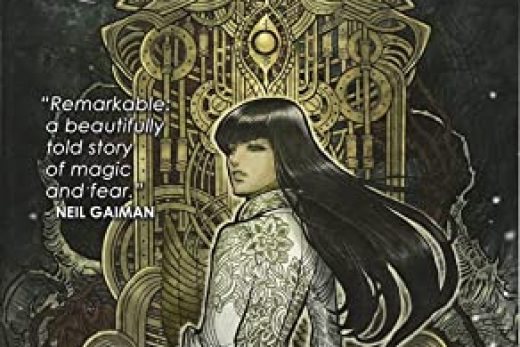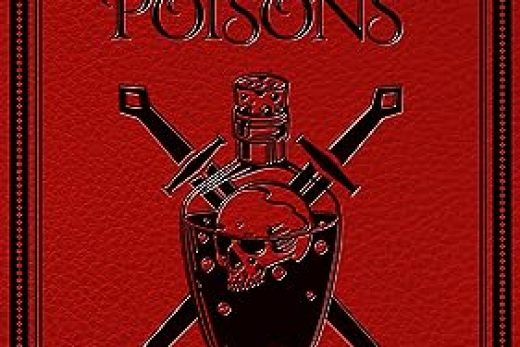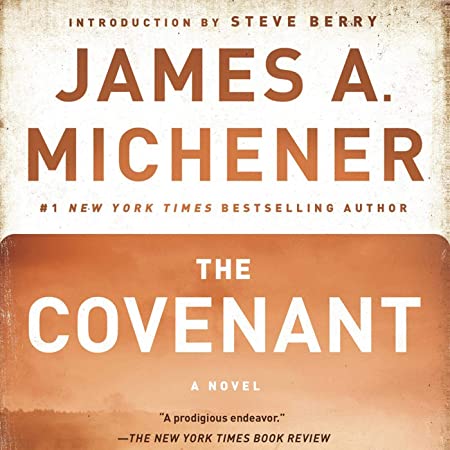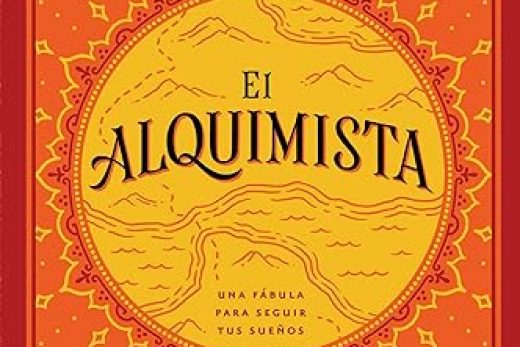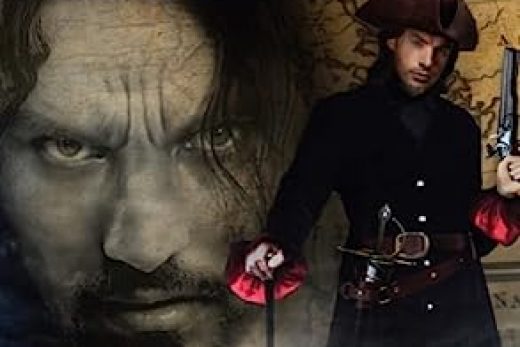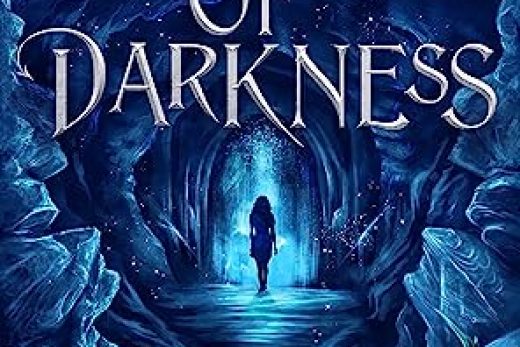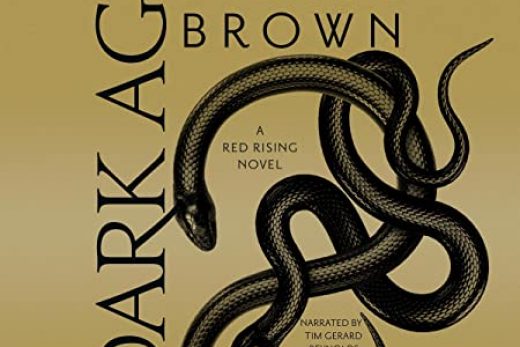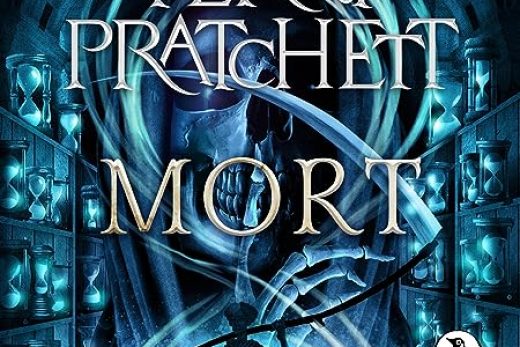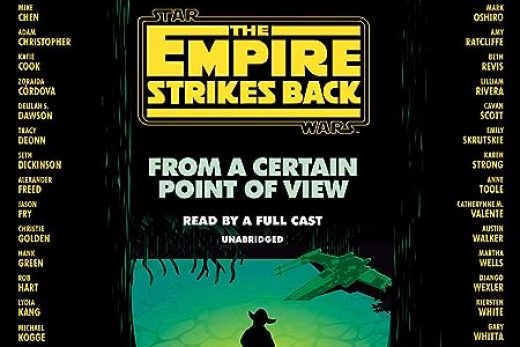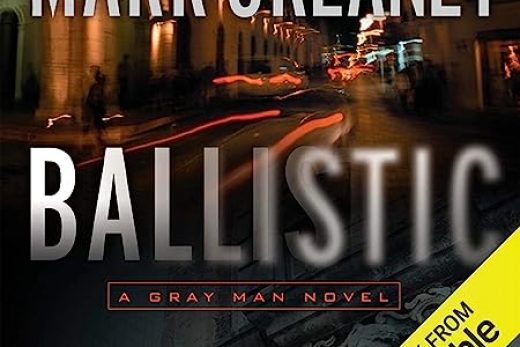Moby Dick, written by Herman Melville, is a captivating tale of obsession and the human spirit’s struggle against the vastness of the natural world. This American classic, set within the harsh environment of the open ocean, explores the depths of human character and the limits of our determination. In this essay, we will explore the narrative’s themes, symbols, and characters to gain a greater appreciation for this literary masterpiece.
At the heart of Moby Dick is the story of Captain Ahab, a vengeful and obsessed man determined to hunt down the elusive white whale, Moby Dick. The novel is narrated by Ishmael, a sailor who joins the crew of the Pequod, a whaling ship led by Ahab. Through Ishmael’s eyes, we witness the Pequod’s journey across the open seas, as the crew encounters various hardships, adventures, and profound insights into the human condition.
One of the novel’s most prominent themes is the struggle between obsession and reason. Ahab’s fixation with Moby Dick is both all-consuming and destructive, driving him to put his crew’s lives at risk in his relentless pursuit. This obsession is contrasted with the more rational perspectives of other characters, such as Starbuck, the first mate, who questions Ahab’s actions and their implications for the crew’s safety.
Moby Dick is also rich in symbolism, with the titular white whale acting as a powerful representation of nature’s vast and indifferent power. Ahab’s quest to conquer the whale can be seen as a metaphor for humanity’s desire to assert control over the uncontrollable, to impose order upon chaos. In the end, however, the whale remains elusive and enigmatic, a reminder of our ultimate inability to dominate the forces of nature.
The characters within Moby Dick are complex and multi-faceted, each contributing to the narrative’s exploration of human nature. Ahab, in particular, stands as a tragic figure, driven by his own demons and self-destructive tendencies. Other characters, such as the wise and experienced harpooner, Queequeg, provide a counterbalance to Ahab’s darkness, demonstrating the potential for friendship, unity, and understanding within the human experience.
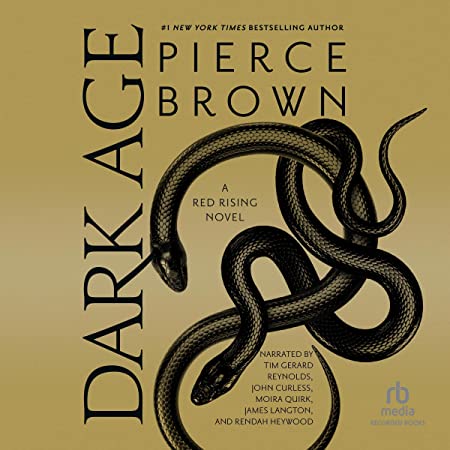
A: The main theme of Moby Dick is the struggle between obsession and reason, as represented by Ahab’s unrelenting pursuit of the white whale and the more rational perspectives of other characters.
Q: How does Moby Dick serve as a symbol within the novel?
A: Moby Dick symbolizes the vast and indifferent power of nature, and Ahab’s quest to conquer the whale serves as a metaphor for humanity’s desire to assert control over the uncontrollable.
Q: What can be learned from the character of Captain Ahab?
A: Captain Ahab serves as a cautionary figure, illustrating the dangers of obsession, self-destruction, and the consequences of disregarding reason in the pursuit of a singular goal.
